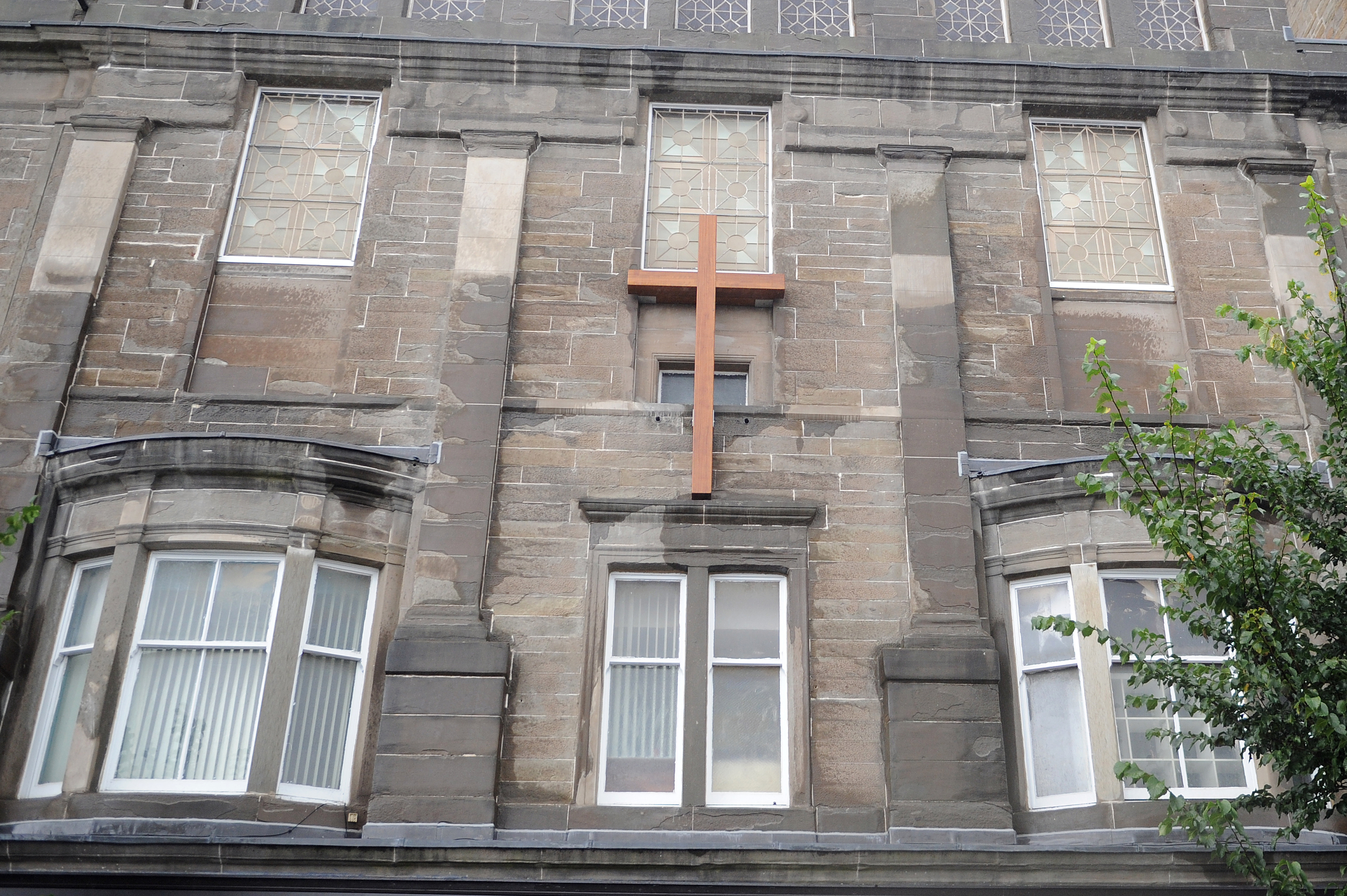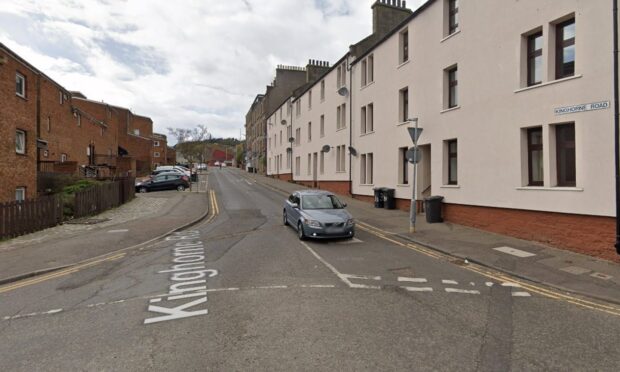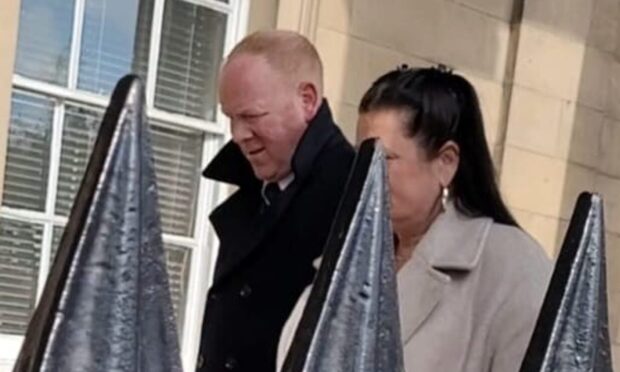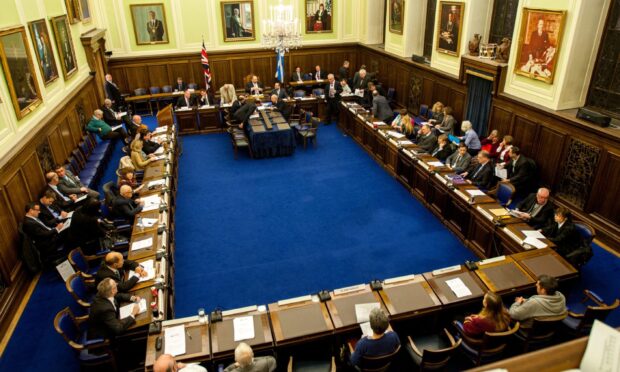A Dundee church has been told it can re-instate a giant cross it had to remove from the outside of the building because it did not have planning permission.
Members of the board of Gilfillan Memorial Church installed the 12-foot tall cross on the rear of their building overlooking Dock Street in October last year.
But it was taken down from the B-listed Whitehall Crescent building just a month later as the church had not sought planning permission for the religious icon.
The structure was originally put up between the second and third floors of the church but planning permission is required for any large signs or advertising billboards put up on the side of buildings.
Churches are exempt from listed building controls due to what is known as ecclesiastical exemption.
However, this is limited to the interior of the buildings and as such alterations to the exterior of a building must still go through the secular planning system.
Although the church had to take the cross down it received support from an unlikely quarter.
The Scottish Secular Society said the church was “within its rights” to display the cross if it gained proper planning permission.
The church submitted a planning application in March and Dundee City Council and received notification permission had been granted under delegated powers on April 17 — Easter Monday.
The decision notice stated: “The application has been granted because the proposed wooden cross would maintain the character of Gilfillan Memorial Church and the surrounding Central Conservation Area.”
Church secretary Bill Adam said: “We are very pleased but I don’t know when it will be going back up yet, it’s in the hands of our technician.
“Hopefully, it won’t be too long.”
Mr Adam added he and the church “had learned their lesson” over the failure to submit a planning application before erecting the cross in October.
He said: “We’ve learned our lesson — you’ve got to do these things properly.”
The congregational church was built in 1887 in memory of George Gilfillan, a preacher and poet who counted both William McGonagall and Thomas de Quincy, the writer of Confessions of an English Opium Eater, among his friends.
It gained listed status in 1965.










